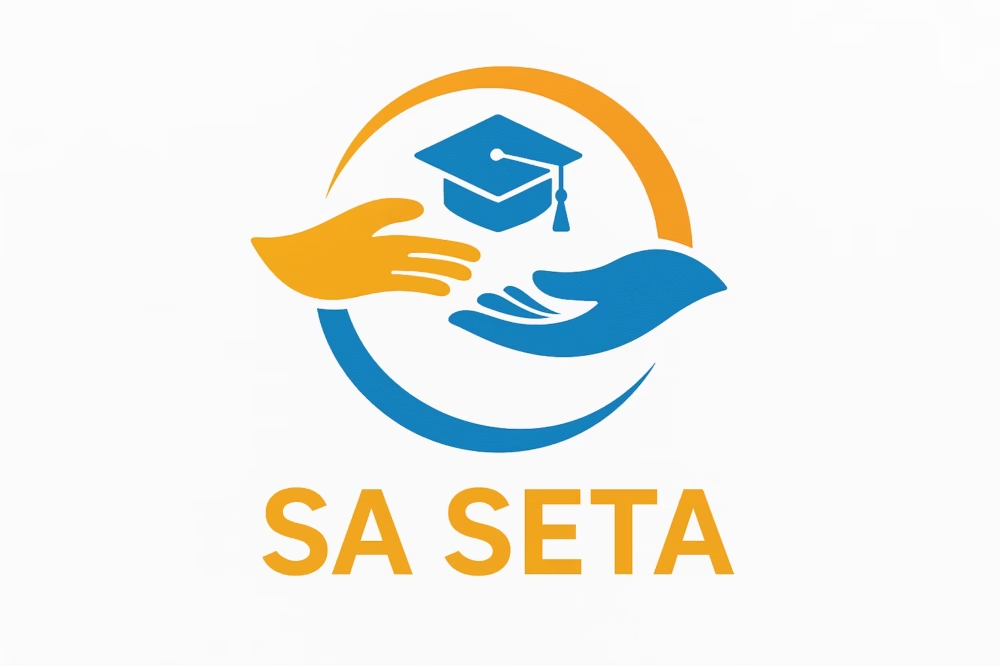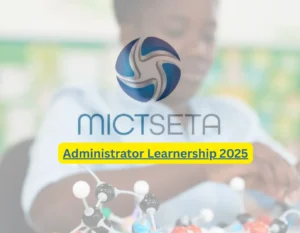In a country where youth unemployment remains alarmingly high—hovering around 45.5% as of Q4 2024, according to Stats SA—initiatives like SETA Learnerships and the Youth Employment Service (YES) Programme are vital in bridging the gap between education and employment.
While both aim to enhance the employability of young South Africans, they differ significantly in structure, benefits, and outcomes. Understanding these differences can help job seekers, educators, and employers make informed decisions.
What Is a SETA Learnership?
A SETA Learnership is a structured, government-regulated training programme that combines 70% practical work experience with 30% theoretical learning, culminating in a recognised qualification on the National Qualifications Framework (NQF).
Key Features
- Duration: 12 to 24 months
- Qualification: NQF Level 2–5 certificates
- Stipend: Monthly stipend (R1,500–R4,000)
- Eligibility: South African citizens aged 18–35, with Grade 9–12 education
- Sectors: ICT, engineering, finance, hospitality, healthcare, etc.
Benefits
- Nationally Accredited Qualification
- Practical Work Experience
- Earn While You Learn
- Opens Doors to Further Study or Employment
Limitations
- Highly Competitive
- Challenging Work-Study Balance
- Stipend May Be Low Compared to Full-Time Salaries
What Is the YES Programme?
The Youth Employment Service (YES) is a non-accredited initiative that offers 12-month workplace experience for unemployed youth. It focuses on immediate work exposure rather than formal qualifications.
Key Features
- Duration: 12 months
- Structure: On-the-job experience only (no academic learning)
- Employer Incentives: B-BBEE score boost, possible tax benefits
- Eligibility: Unemployed South Africans aged 18–35
- Industries: Retail, admin, logistics, manufacturing, customer service, etc.
Benefits
- Quick Entry into the Job Market
- Professional Networking Opportunities
- Inclusive of Lower-Education Youth
- Encourages Business Participation
Limitations
- No Formal Qualification Awarded
- No Guarantee of Job Retention
- Skills May Not Be Easily Transferable
SETA Learnership vs YES Programme: Side-by-Side Comparison
| Feature | SETA Learnership | YES Programme |
|---|---|---|
| Type of Programme | Formal training + work experience | Informal work exposure only |
| Duration | 12–24 months | 12 months |
| Qualification | Yes – NQF-aligned certificate | No |
| Stipend | Yes (R1,500–R4,000) | Varies – Not always included |
| Eligibility | Grade 9–12, aged 18–35 | No formal education needed, aged 18–35 |
| Skills Focus | Industry-specific, technical | General workplace and soft skills |
| Post-Completion | May lead to work or study opportunities | No guarantee of permanent employment |
| Employer Incentives | B-BBEE points + tax rebates | B-BBEE incentives + tax benefits |
Which One Should You Choose?
Choose a SETA Learnership if:
- You want a recognised qualification.
- You are focused on a specific career path (e.g., IT, finance, engineering).
- You prefer a structured learning environment.
- You can commit to a longer-term programme.
Choose the YES Programme if:
- You want quick access to work experience.
- You don’t currently qualify for formal training.
- You are still exploring career options.
- You prefer to build a professional network first.
Final Thoughts
South Africa’s youth unemployment crisis demands diverse and effective solutions. Both the SETA Learnerships and the YES Programme offer valuable stepping stones into the job market.
Instead of seeing them as competing options, consider them as complementary pathways that cater to different stages of readiness, educational levels, and career goals.
Check Also: EPWP–SASSETA Learnership Programme
🔍 Want to see open job opportunities or apply for a learnership?
👉 CLICK HERE FOR MORE




